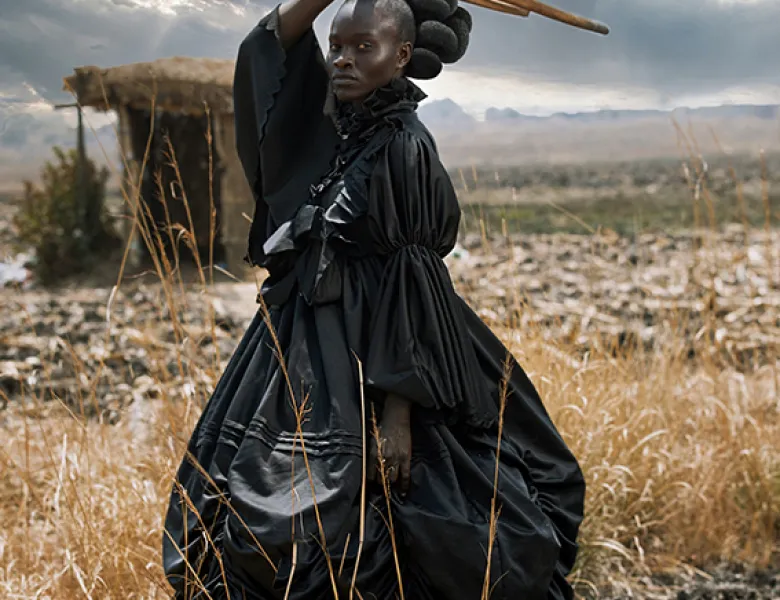Interview: Photographer of the Year
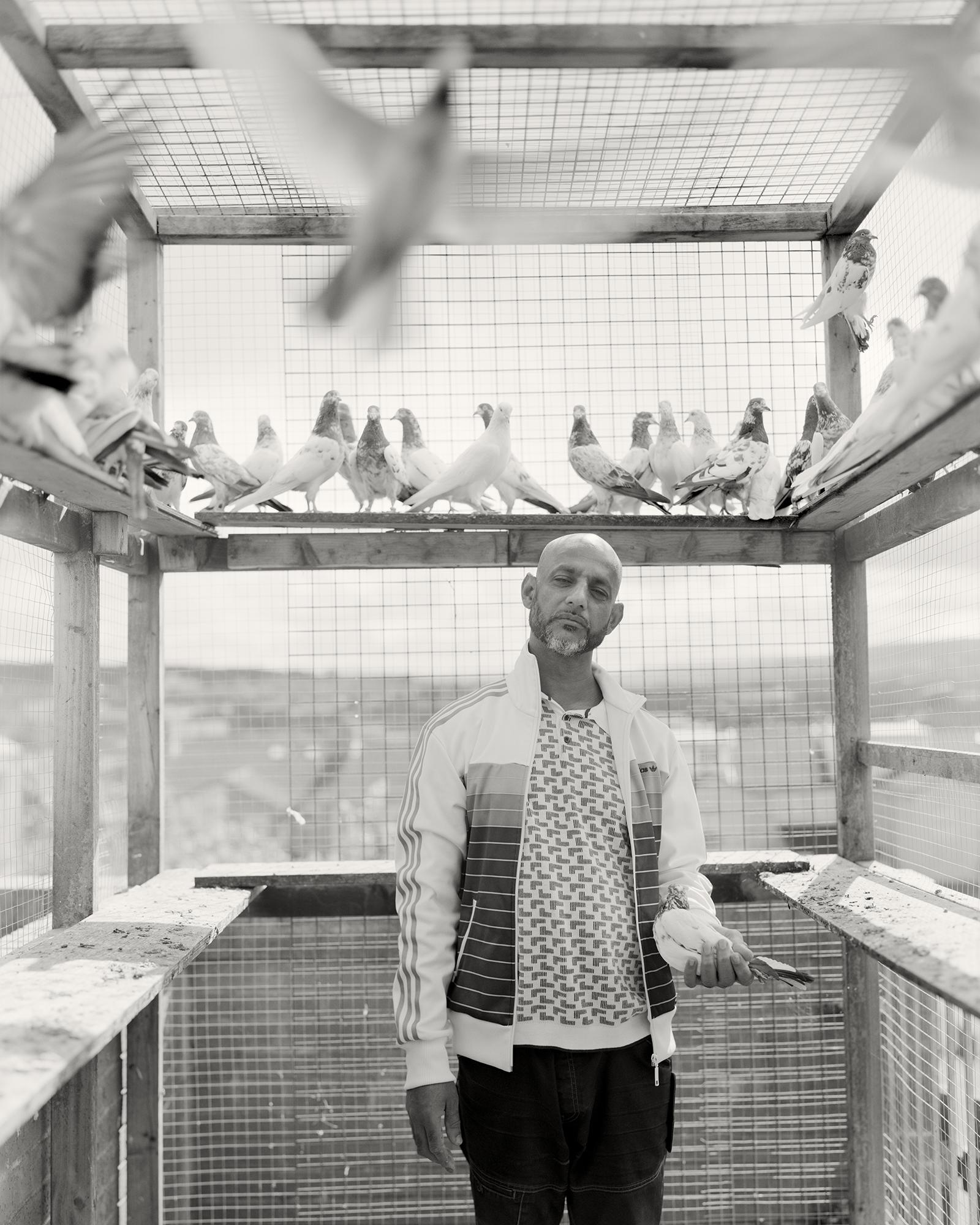
Firstly, a big congratulations on being awarded the Sony World Photography Awards 2021 Photographer of the Year title. What does this particular accolade mean to you?
Well, firstly, it’s a great honour. And of course it’s lovely to have your work recognised by your peers - I think whatever stage we are at in our careers we all need a little affirmation sometimes, but principally it’s about getting stories we care about out to new audiences and so for me the overwhelming benefit of the Sony World Photography Awards is the global reach they have and the World Photography Organisation’s determination to share stories and bring people together.
What is the goal with Bank Top and how do you think the Sony World Photography Awards can facilitate you achieving that goal?
The goal, if that’s how we are to describe it, is to challenge some of the dangerous and divisive rhetoric about marginalised and misrepresented communities, about this notion that ‘segregation’ is something that inevitably exists between people of different faiths or ethnicities and the existence of what are casually described as ‘culture wars’. It’s so easy for these corrosive narratives to take hold and become the dominant discourse and I think it’s essential that we challenge them and present alternative visions of society that people can believe in. Global platforms like the Sony World Photography Awards allow these alternative stories to be told and, certainly in my case, give photographers an opportunity to take the work out of the photography world and have the issues discussed on major news and current affairs platforms. Beyond that we have no control, but at least the issues are being discussed and other stories are being presented.
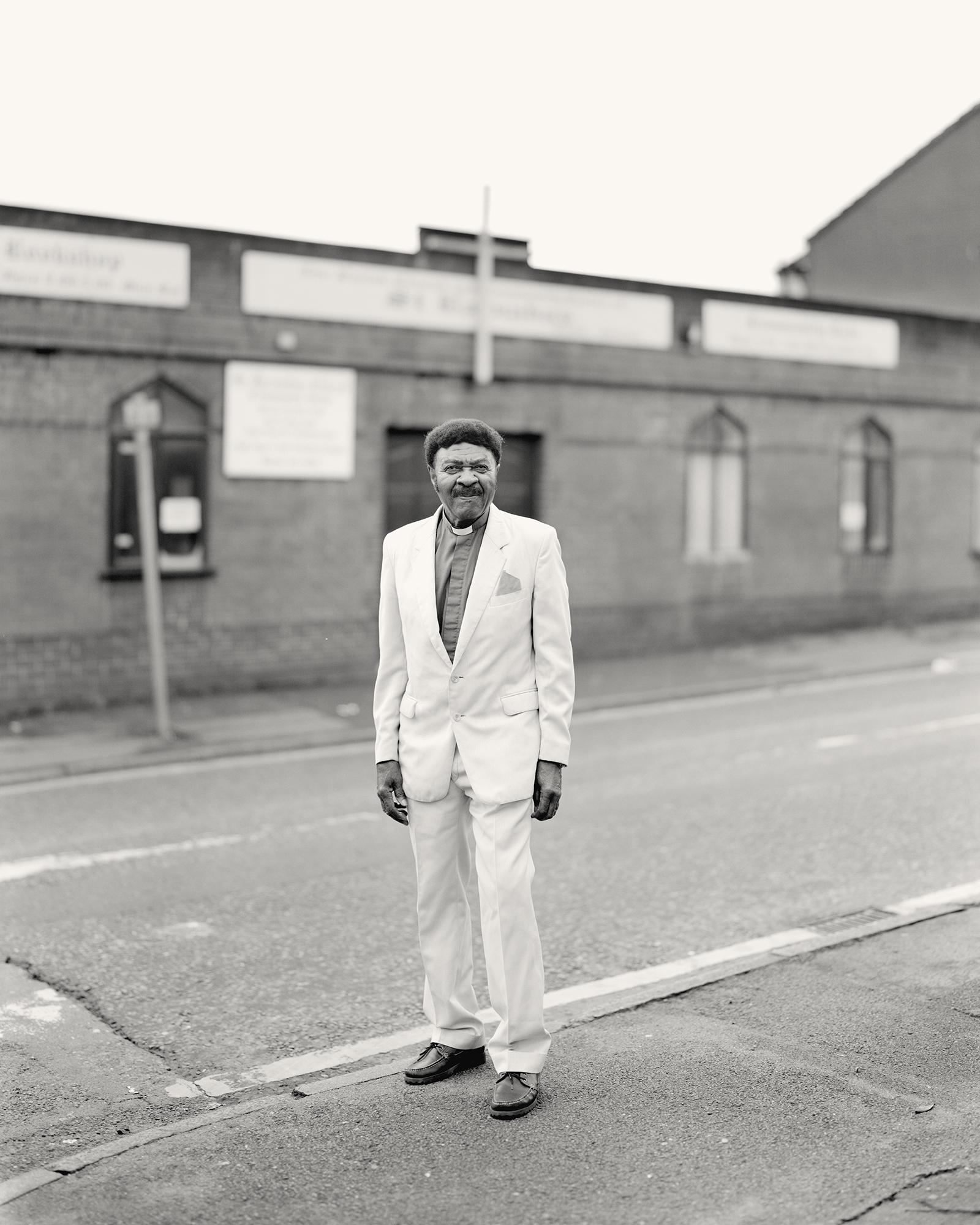
Bank Top gives a voice to those that might otherwise not be heard. When meeting these people and hearing their stories it must be difficult not to get emotionally involved?
Who says I’m not emotionally involved? I care passionately about how we interact as communities, in society, how we get along and about social inequality, politics, etc. I make no pretence to be an objective observer, I’m angry about some of the inequality I see, the lack of opportunity for young people and the media over-simplification of complex issues. I don’t really hold with this notion of ‘objectivity’ in photography, my aim is to try to represent the communities I photograph in a fair and balanced way, but I can’t pretend that I have no views of my own or that will influence the work that I make.
You’re committed to communicating the stories of the people you photograph. One way you’ve done this in Bank Top is by collaborating with poet Abdul Aziz Hafiz. What have you learned while working with Hafiz?
I’m a great believer in collaboration and in cross-disciplinary practice. And with my background in photojournalism, I’ve always thought that pictures need context. This work in particular is about challenging misleading narratives and so I think it’s important that whilst I’m making the work I really try to understand the historical, industrial and political context that the community exists in. Aziz and I had long discussions around issues like housing, social policy, the early industrial revolution and the more recent process of de-industrialisation, we talked about the legacy of contemporary and colonial foreign policy – all these things are critical to the way communities like Bank Top have come together and the simplistic representations that are so divisive need to be questioned. That’s where the text comes in, to hopefully guide viewers to a greater understanding of the challenges that these communities face and to question the stories we’re being told.
The project is all taken on a large format camera. Why did you choose this approach for this specific project?
For a whole number of reasons I guess, but one of the key elements for this project in particular is that I wanted to be visible, I wanted people in the community to know that I was there. I was out in the street and the photographs were made with the consent and cooperation of those I was photographing. I’m not wedded to that approach, I shoot digitally and on handheld cameras for lots of other projects, but just for this series it felt like the right process – a slow and meticulous approach that I suppose just feels a bit different when asking to make portraits of people in the street. It’s about being honest with what I am trying to do – I’m there to learn, to listen, to try to understand and I think maybe being very upfront about it, standing in the street with a big wooden camera is a declaration of that. I’m there to be challenged and questioned. There is nothing surreptitious about photographing with a 10x8 field camera!
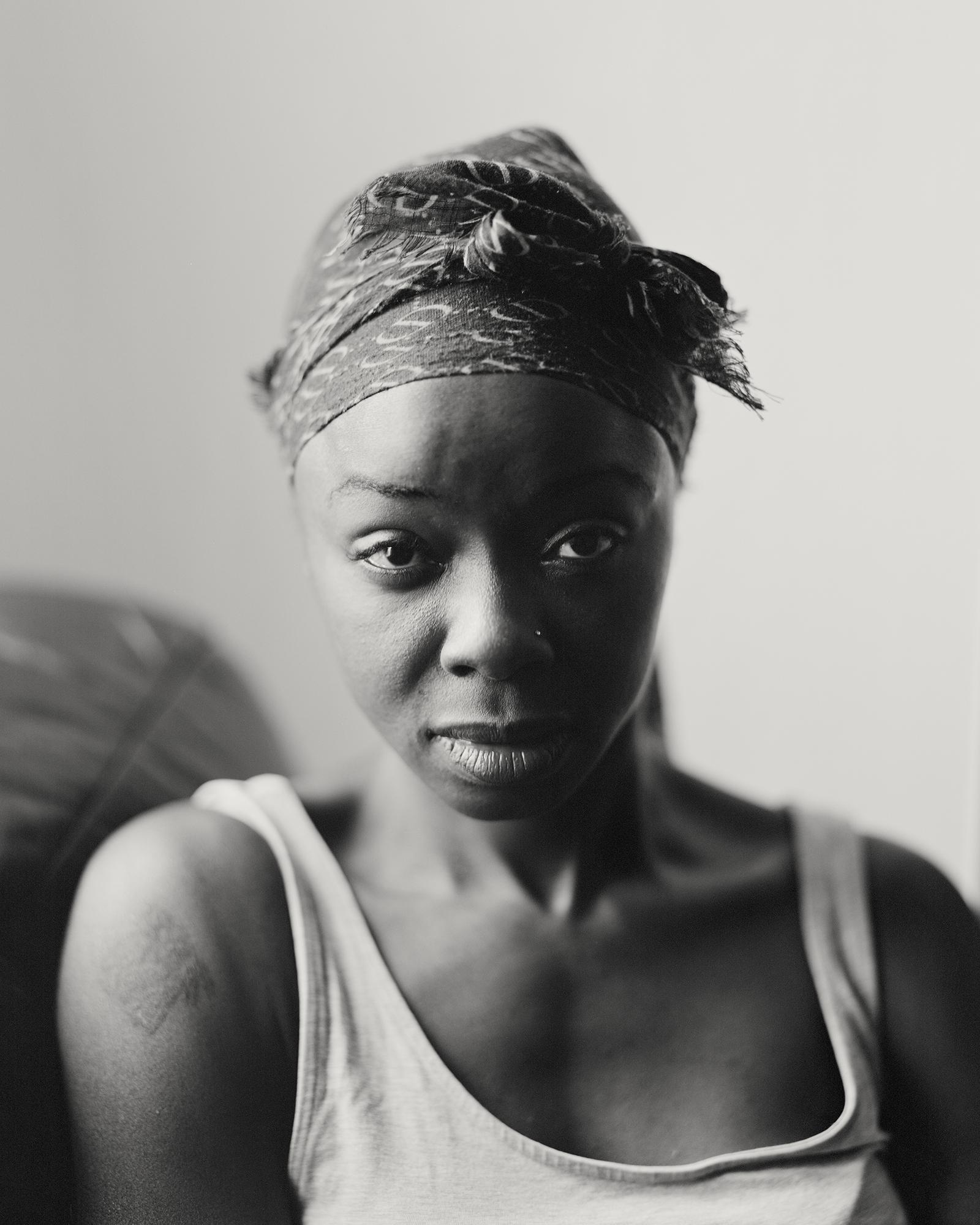
Can you tell us about your involvement in the project Kick Down the Barriers started and why it appealed?
It really grew out of earlier work I’d been doing in the region over many years: some of the SIXTEEN project was made in East Lancashire and parts of the Thatcher’s Children work centres on Darwen and Accrington, so it felt like a continuation of those wider concerns when I was invited by Sophie Skellern at Blackburn Museum to be part of KDTB. That project came together in response to mainstream media and policymakers’ portrayal of Blackburn as ‘the most segregated town in Britain’. That made a lot of people angry, people who live in Blackburn and have a different version of the town, people who are really actively working across different faith communities and social structures to face the challenges that have resulted from years of neglect and damaging economic policies imposed from afar. This idea of segregation wasn’t something that we felt and so we set out to present a different version – a sense of Blackburn, and in my case Bank Top, as a place of congregation, a place that thrives on diversity and has welcomed people in solidarity from all over the world for generations.
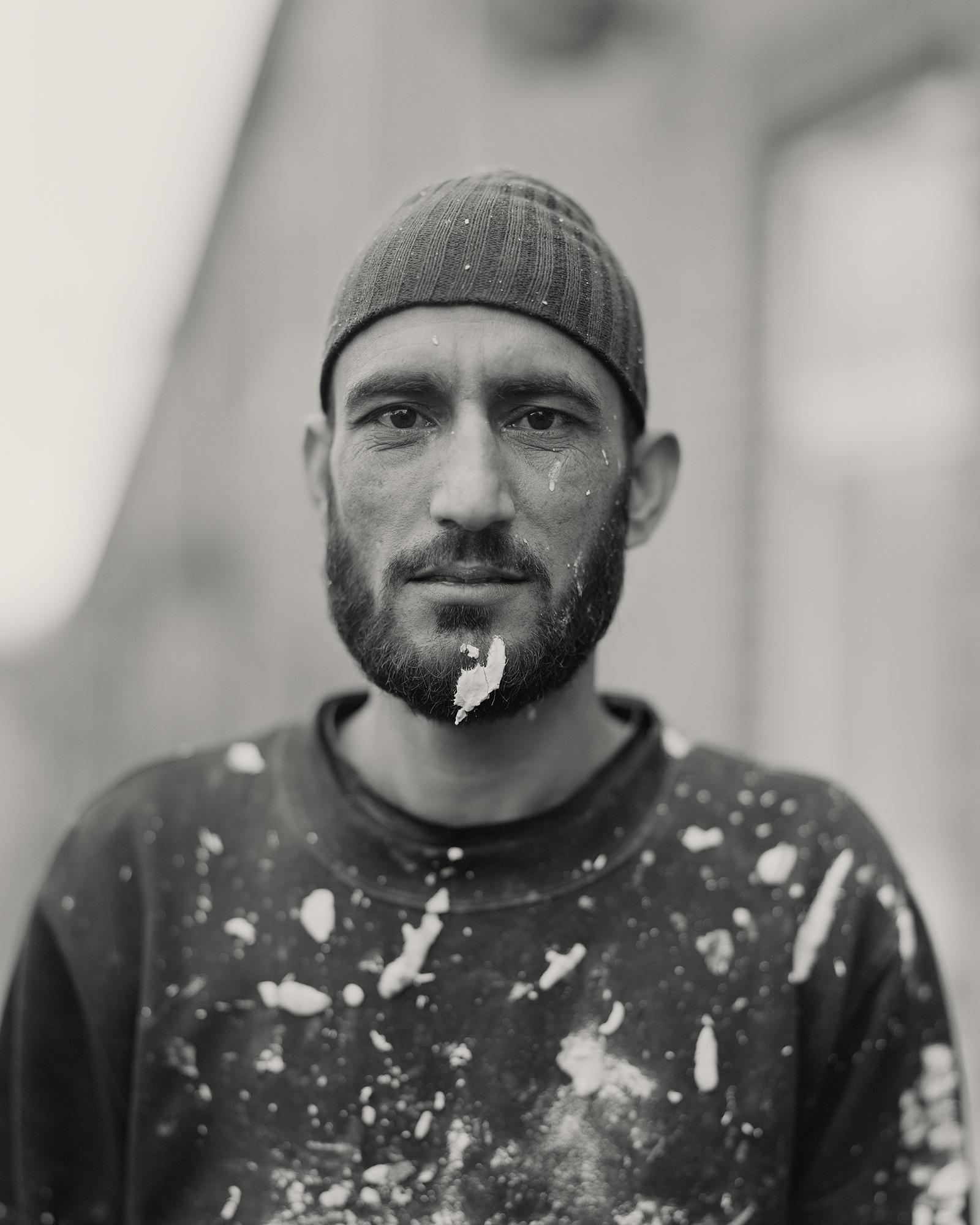
Have you discovered anything new about your photographic practice during this competition process?
I like to think my practice is always evolving and so it has been with this work. The extraordinary publicity around the awards has shown me that there are multiple ways to get our stories out to new audiences and so in that sense I’ve discovered new ways of doing things. Aziz and I have become closer and have more work planned too.
What do you hope the World Photography Organisation community will learn from seeing your work?
Oh, I’m not sure that it is for me to say what people might learn. I hope it will make people question the way stories are told and look at who is telling those stories, examine the biases and vested interests of the storytellers (mine included). Maybe think a bit more next time they hear the words ‘segregation’ or ‘culture war’ and ask themselves who is feeding this narrative and who is benefitting from it?
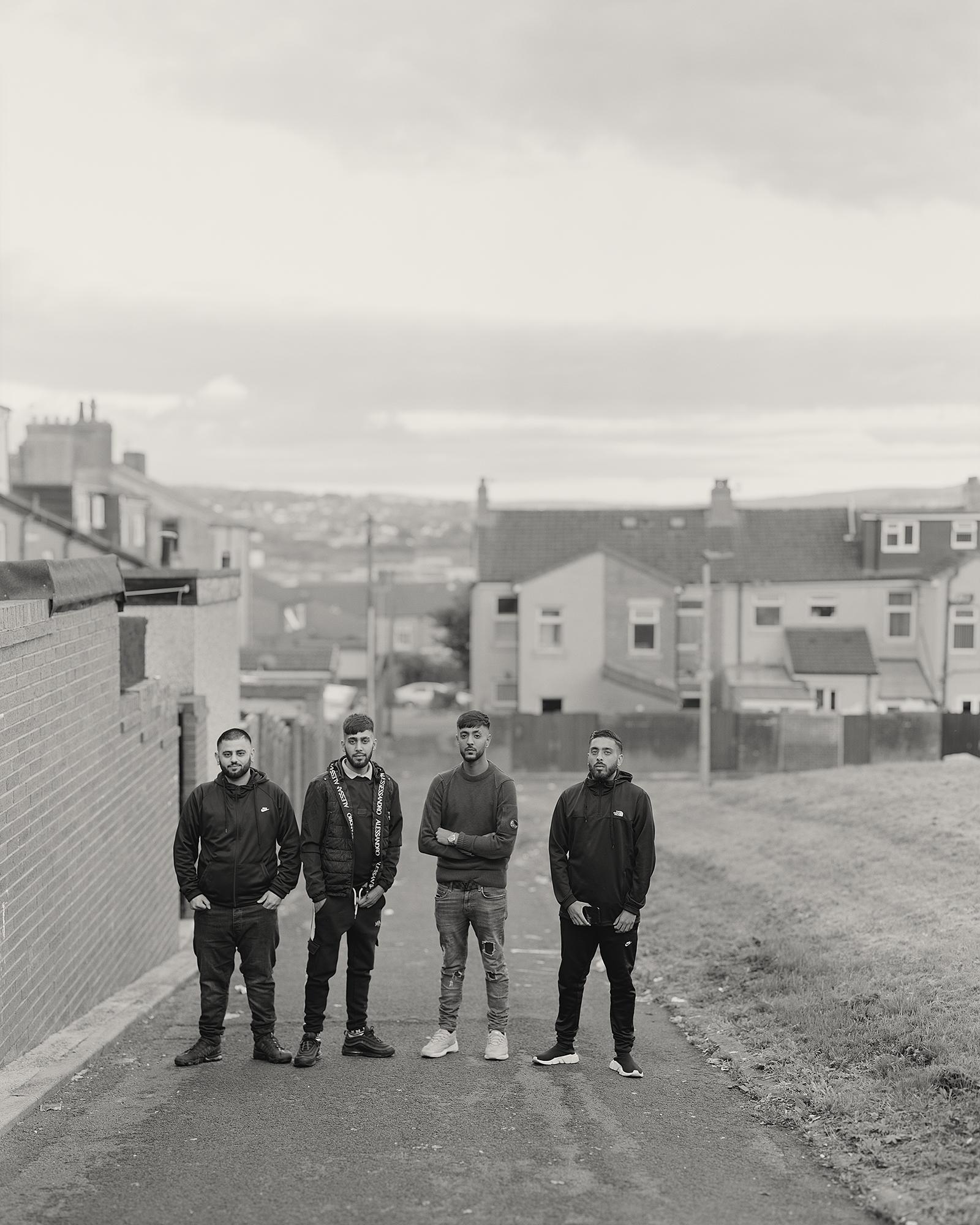
How do you think this Award will benefit your photographic career for the next year, and beyond?
Ah, well, that will be interesting to see won’t it? I certainly want to continue the kind of long form documentary practice I’ve developed over the years – I’ve a head full of ideas about things I want to explore and big plans for another large-scale group project if I can raise the funds to make that happen. I really believe in the importance of documenting society – now almost more than ever – and in the historical importance of committed documentary photography, so I hope it will help build a platform for me and for others to continue to do work that we hope will leave a visual record of society for future generations.
It’s been almost a month since receiving this award. Has anything particularly exciting for your career happened as a direct response to your win?
Well, it’s been a bit of a whirlwind to be honest. I’ve found myself on the wrong side of the camera more often than I would necessarily choose, but I’m very grateful for the platform that has given me to talk about this work and the issues we are trying to address. There will be a book in the coming months we hope and we’re looking at exhibiting the work further afield now that it has been shown in Blackburn. As I say, I’ve a number of things I want to pursue and so once things settle down, I’ll hopefully have an opportunity to plot those out and see if we can make them happen. I’ve got big ideas, but as ever, making them happen is a long process. Certainly, recognition from the Sony World Photography Awards, helps to open doors and see if we can get some of these projects off the ground.







